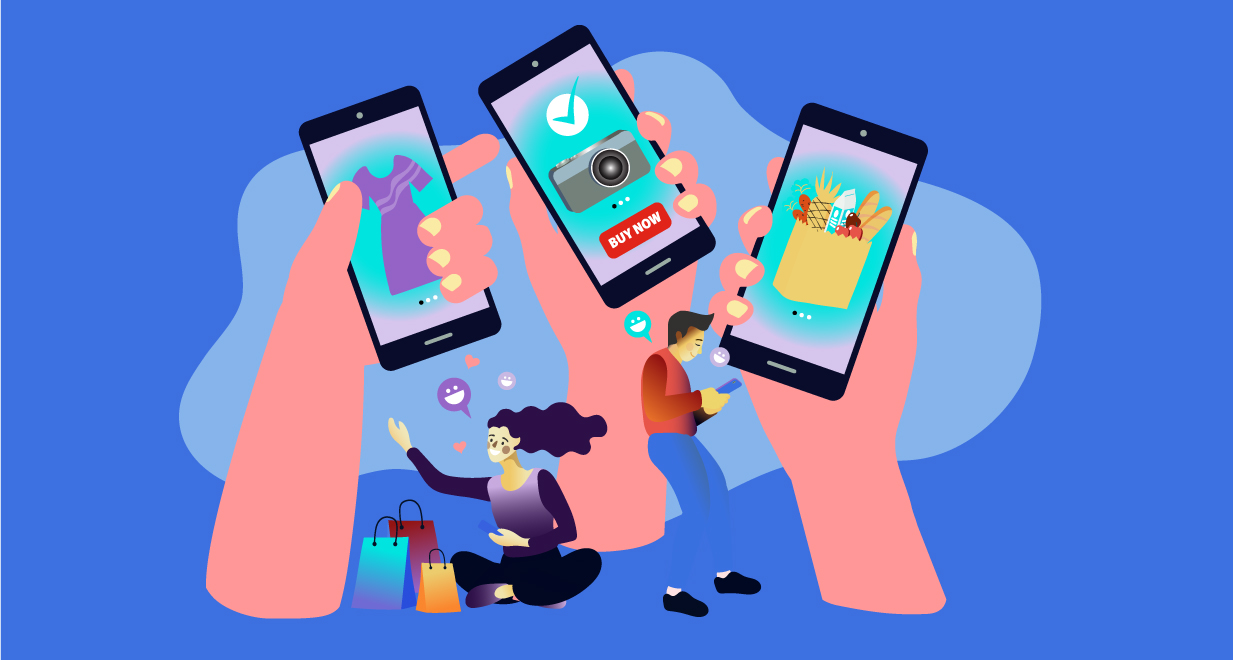Congratulations on making it this far in guiding a customer through their journey. So far, you’ve attracted prospects to your website with SEO and paid ads, enticed them to sign up for your email and SMS list, and nurtured them with welcome emails and informational content.
What now?
Well, now is when your hard work pays off.
The next stage in lifecycle marketing is conversion. This includes all the steps you take to encourage leads to make a purchase, which marketers like to call conversion rate optimization. CRO starts in your marketing materials and continues until a buyer has completed the checkout process.
In this chapter, we will provide some ecommerce conversion rate optimization tips designed to increase conversions for online stores.
Down the Full Lifecycle Marketing Ebook
Measuring Conversion Rates
Before we talk about improving your conversion rates, let’s talk about measuring your conversation rate. A conversion rate is the percentage of visitors that take a desired action—and a conversion can mean many things.
For example, a conversion could mean signing up for your email list, sharing something on social media, or making a purchase on your website. We’re going to focus on website purchases because that is the conversion that makes affects your bottom line.
To measure your conversion rate, take the number of people who make a purchase and divide it by the number of people who visited a particular product page.
For example, if 10 people purchased a pair of socks and 100 people visited that product page, your conversion rate for that page is 10%.
We recommend you track your conversion rates for a few weeks to develop your own benchmarks. From there, make one change at a time so you can measure its effectiveness.
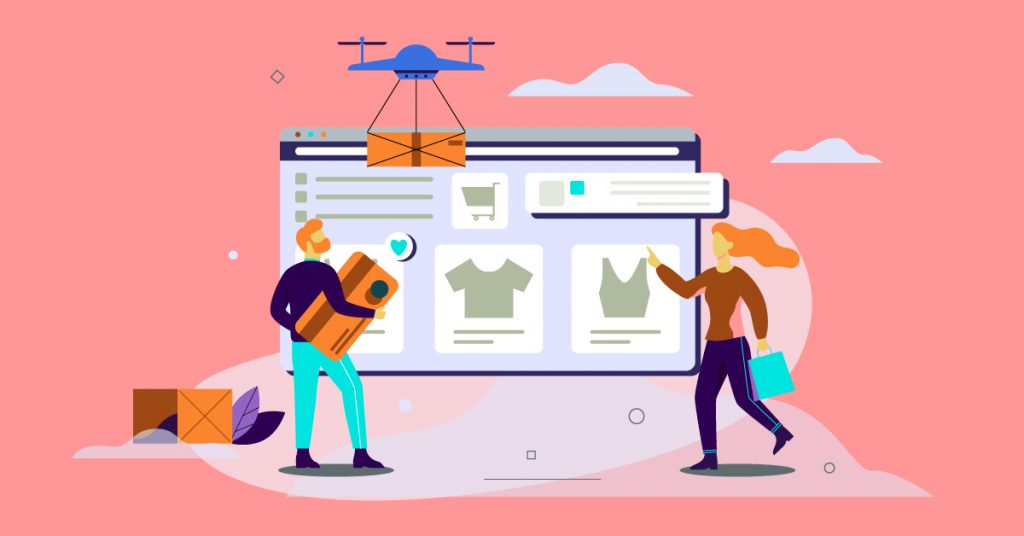
Ecommerce Conversion Rate Optimization Tips
Let’s get into the meat and potatoes of this chapter: how to encourage website visitors to make a purchase from your ecommerce site. Remember, CRO is all about usability and functionality. We will break this down into three areas: your emails, landing pages and checkout process.
Optimize Your Emails
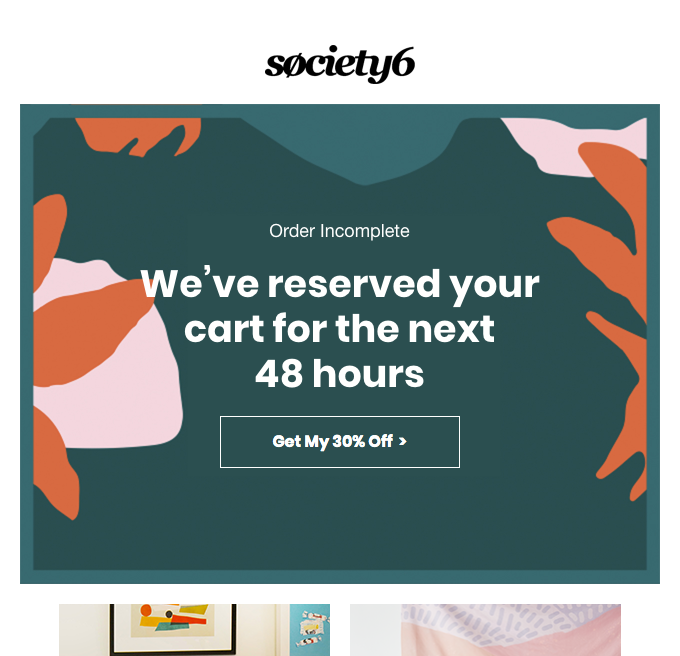
Too many online stores focus all of their CRO effects on their website checkout page when they should also be focusing on their outreach strategies. A well-crafted email strategy can boost conversions and provide one of the highest ROIs in marketing.
Start by segmenting your audience. One of the keys to improving conversions is being selective about the messages you send and to who you send them to. For example, you’ll want to market to VIPs much differently than new users. There are also many trickle-down effects of audience segmentation, like reduced spam complaints, better deliverability and a better customer experience.
Fine-tune your subject lines. Subject lines can make or break an email campaign. We recommend extensive a/b testing of subject lines to identify what resonates with your target audiences.
Make your CTAs easy to find. You wouldn’t believe how many times we see online stores sending out emails without a clear call to action (CTA). Believe it or not, subscribers want you to provide directions—make your call to action button big and bright so people can’t miss it.
Set up abandoned cart automation. One of these easiest ways to increase conversion rates is to set up an abandoned cart automation. In our last chapter, we mentioned how shopping cart abandonment rates are close to 90%. Online stores can easily convert a few of those customers with a simple email. To boost rates even further, create a sense of urgency by letting people know that you’ll only save the item for a few hours.
Optimize Your Landing Pages
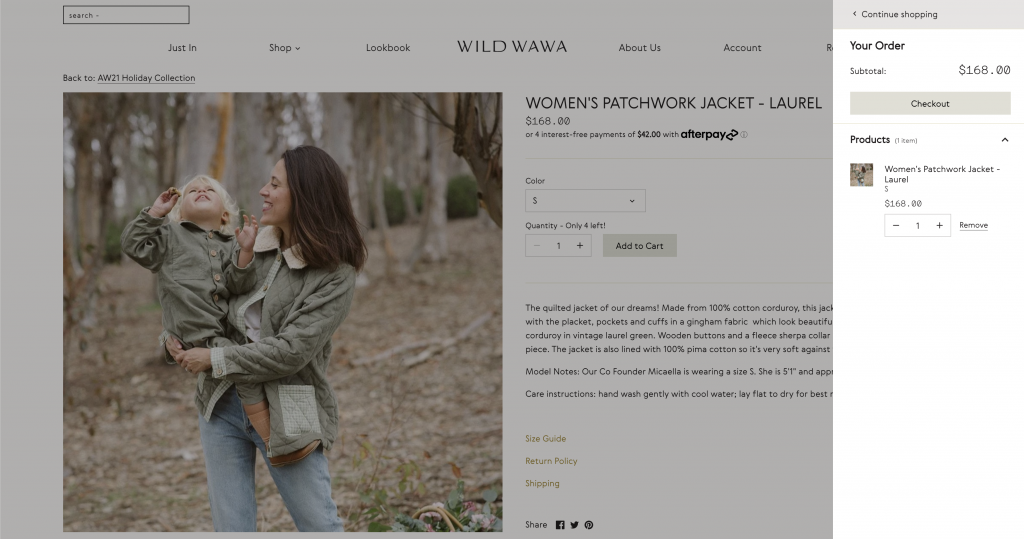
After someone clicks on an email or SMS message, they’ll be taken to a landing page. Your CRO efforts should continue on every single web page.
Send them to the right page. If someone clicks a product link in an email, don’t just send them to your homepage. Send them to that specific product page. We see this mistake all the time, and it leads to a horrible user experience.
Make sure your site is mobile-friendly. More people shop on their mobile devices than on their computers. This is why many new sites practice mobile-first design processes.
Write better product descriptions. We already talked about how product descriptions are important for SEO, but they all can go a long way to improve conversion rates. We encourage stores to focus on benefits instead of features. Features focus on the product, while benefits focus on how the product helps the consumer.
Pay attention to load times. Improving your load times is the best way to decrease your bounce rate. One of the quickest ways to improve your load times is to optimize your product images by resizing them and then compressing them by using a free online tool like TinyPNG.
Provide social proof. Potential customers are wary of new stores. Ease their fears by displaying customer reviews and testimonials.
Remember your CTA. CTAs aren’t just for emails. Your CTA button is also important on your ecommerce website. In most cases, this will be something like an “add to cart” or “proceed to checkout” button. Make these buttons easy to find.
Test out product videos. High-quality photos aren’t always enough to entice a customer. Try producing some product videos to showcase how a product looks or behaves.
Make data-driven decisions. Conversion rate optimization works best when it’s based on real data. You can use Google Analytics and Shopify (or other ecommerce platforms) to find the metrics you need to calculate your average conversion rate. From there, you can make small tweaks to see if your changes have a positive or negative impact. You can also use things like heatmaps to see where people are looking and clicking on your ecommerce store.
Optimize Your Checkout Process
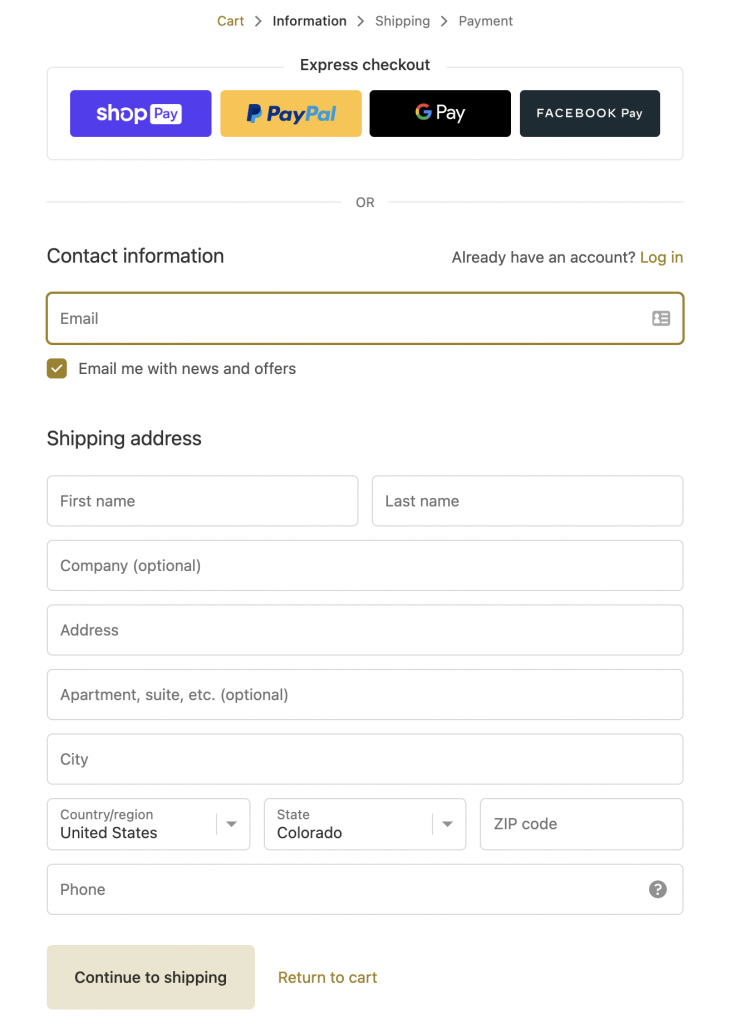
Finally, it’s time to optimize the checkout experience. The goal here is to make online shopping as seamless as possible, which helps increase sales.
Offer different payment methods. People are more likely to buy when they don’t have to get up and find their credit cards. By offering different payment options (from third parties like Paypal, for example), you can increase the likelihood that they already have their payment information saved.
Offer guest checkout. Not everyone wants to create an account—so don’t force them. Offer guest checkout to make checking out easier.
Reduce shipping costs. People love free shipping. Even if it means increasing your prices, free shipping can boost your sales. Of course, you should test this marketing strategy first.
Pre-populate information. If you are selling to a repeat customer, pre-populate forms, so they don’t have to reenter their address and shipping information.
Reduce the number of steps. Don’t make people jump through hoops to buy a product. Once a customer starts the checkout process, reduce how many clicks they need to make before the purchase is finalized. For example, turn off all pop-ups or notifications during checkout.
